As the African sun sets, casting warm hues across the continent’s diverse landscapes, an equally vibrant artistic scene is illuminating the lives of its youngest inhabitants. For centuries, African artists have played a crucial role in shaping the hearts and minds of their communities, nurturing the next generation’s cultural pride, creativity, and passion for learning. In this journal, we shall delve into the world of African artists and their impact on children, exploring how their work inspires and educates the leaders, innovators, and creators of tomorrow.
The impact of African art on child development
1. Cultural identity and pride
African art serves as a conduit for children to explore their cultural heritage, fostering a sense of identity and pride in their roots. By engaging with the works of African artists, children are exposed to the rich tapestry of their history, traditions, and values, cultivating an appreciation for their unique place in the world.
2. Creativity and self-expression
Art is a universal language that transcends cultural, linguistic, and social barriers, offering a powerful means of self-expression and creativity. For African children, the works of local artists provide a source of inspiration and encouragement, sparking their imaginations and fostering a lifelong love of the arts.
3. Education and learning
The beauty of art lies in its ability to educate and enlighten, with African artists using their creative talents to share valuable lessons with children. From depicting historical events to exploring contemporary issues, African art serves as a catalyst for learning and understanding, equipping children with the knowledge and empathy they need to navigate the complexities of modern life.
African artists engaging with children through various mediums
1. Illustration and children’s books
a. Case study: Meshack Asare
Ghanaian author and illustrator Meshack Asare has been captivating young readers for decades with his beautifully crafted children’s books. By weaving African folktales, proverbs, and traditions into his stories, Asare provides children with a window into their rich cultural heritage, sparking their curiosity and fostering a love of reading.
b. Case study: Elizabeth Zunon
Born in New York and raised in the Ivory Coast, artist Elizabeth Zunon brings a unique perspective to her work as a children’s book illustrator. Drawing on her African roots, Zunon’s vibrant illustrations celebrate the beauty, diversity, and resilience of African people, inspiring children to embrace their cultural identity and explore their own creative talents.
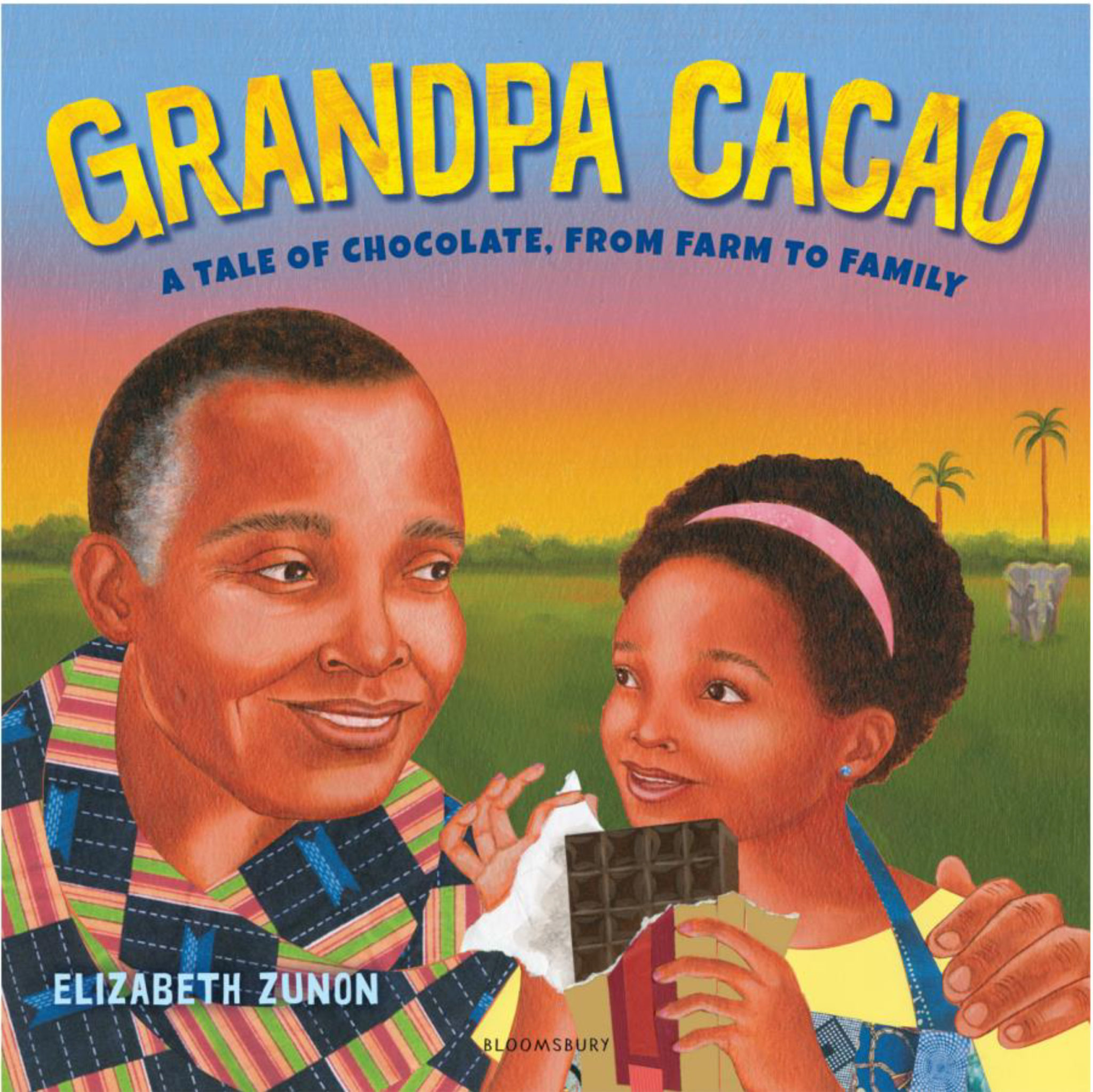
2. Interactive workshops and community projects
a. Case study: El Anatsui’s art workshops
Renowned Ghanaian artist El Anatsui is known for his mesmerizing sculptures made from discarded materials. In addition to his acclaimed work, Anatsui is passionate about sharing his knowledge and skills with the next generation, regularly hosting art workshops for children in his community. Through these hands-on sessions, Anatsui inspires young minds to view the world through a creative lens, fostering a sense of environmental responsibility and resourcefulness.
b. Case study: Njideka Akunyili Crosby’s community projects
Nigerian artist Njideka Akunyili Crosby is celebrated for her evocative mixed-media works that explore themes of identity, migration, and cultural exchange. Beyond her artistic practice, Crosby is committed to giving back to her community, spearheading a range of projects that engage and inspire children, including murals, art workshops, and mentorship programs.
c. Case study: Ibrahim Mahama’s community art projects
Ghanaian artist Ibrahim Mahama is known for his large-scale installations and thought-provoking public art projects, which often incorporate repurposed materials like jute sacks and discarded objects. Mahama’s work encourages children and communities to reevaluate their surroundings and recognize the potential for beauty and meaning in everyday materials. By involving local communities, especially children, in the creation of his art projects, Mahama fosters a sense of pride, collaboration, and creativity, inspiring the next generation to engage with their environment and harness the transformative power of art.
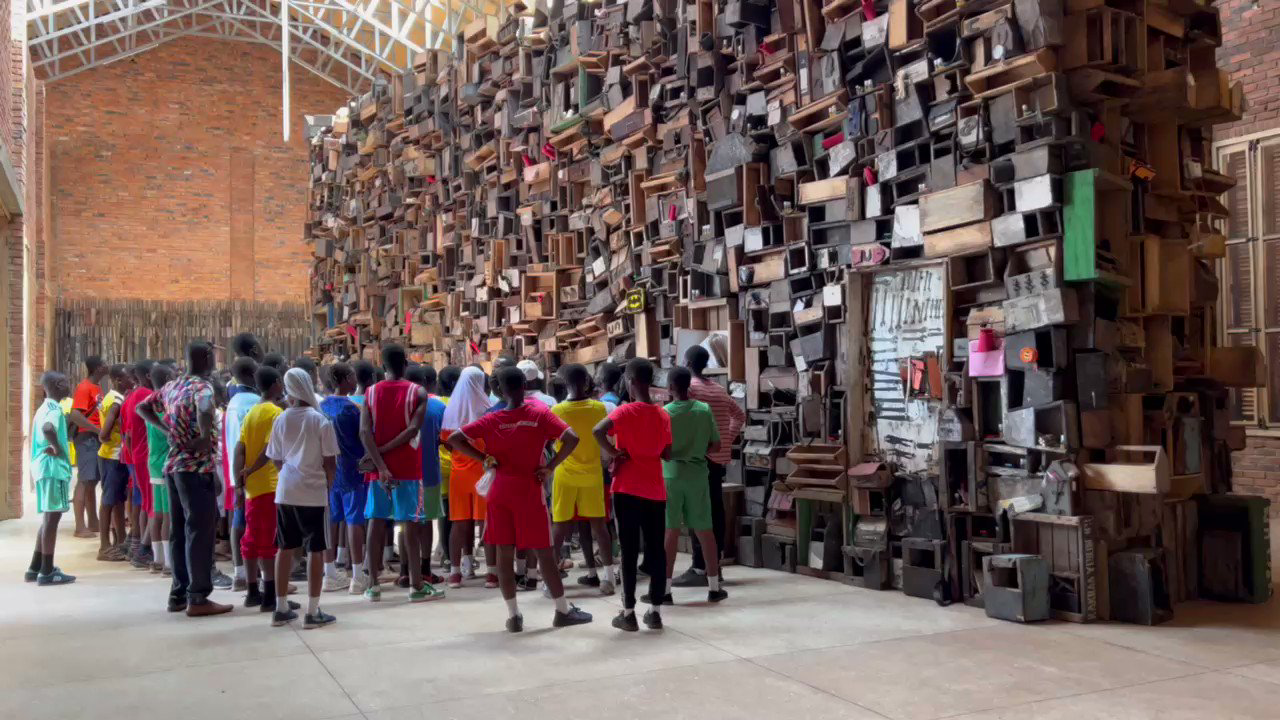
d. Case study: Mary Sibande’s interactive installations for children
South African artist Mary Sibande is celebrated for her thought-provoking and visually captivating sculptures and installations that explore themes of identity, race, and gender in post-apartheid South Africa. Sibande often engages children through her interactive installations, which encourage them to explore and question societal norms and their own place within their communities. By exposing children to her work, Sibande inspires them to think critically about their surroundings and fosters a greater appreciation for the power of art as a tool for communication and social change.
e. Case study: Gonçalo Mabunda’s art workshops and mentorship
Mozambican artist Gonçalo Mabunda is known for his powerful sculptures crafted from decommissioned weapons, which serve as a commentary on the impact of war and violence in his home country. Mabunda is passionate about sharing his knowledge and skills with young people, conducting art workshops and offering mentorship to aspiring artists. Through his guidance, Mabunda not only teaches children valuable artistic techniques but also encourages them to engage with challenging social issues and use art as a means of healing and transformation.
f. Case study: Fatma Abosamaha’s art therapy sessions for children
Egyptian artist Fatma Abosamaha is a dedicated art therapist who uses her background in fine arts to help children cope with various emotional and psychological challenges. By conducting regular art therapy sessions in schools and community centers, Abosamaha empowers children to express their feelings and thoughts through creativity, fostering emotional healing and growth. Her work highlights the transformative power of art in addressing mental health issues and nurturing resilience among young people.
g. Case study: Kealeboga Tlalang’s street art workshops for underprivileged children
South African artist Kealeboga Tlalang is an emerging street artist who uses vibrant colors and bold designs to create striking murals that celebrate African heritage and culture. Tlalang conducts street art workshops for underprivileged children in her local community, giving them an opportunity to explore their creative potential and develop their artistic skills. Through her workshops, Tlalang not only teaches children the value of self-expression but also instills a sense of pride and cultural awareness, inspiring them to engage with their heritage and contribute to their community’s visual landscape.
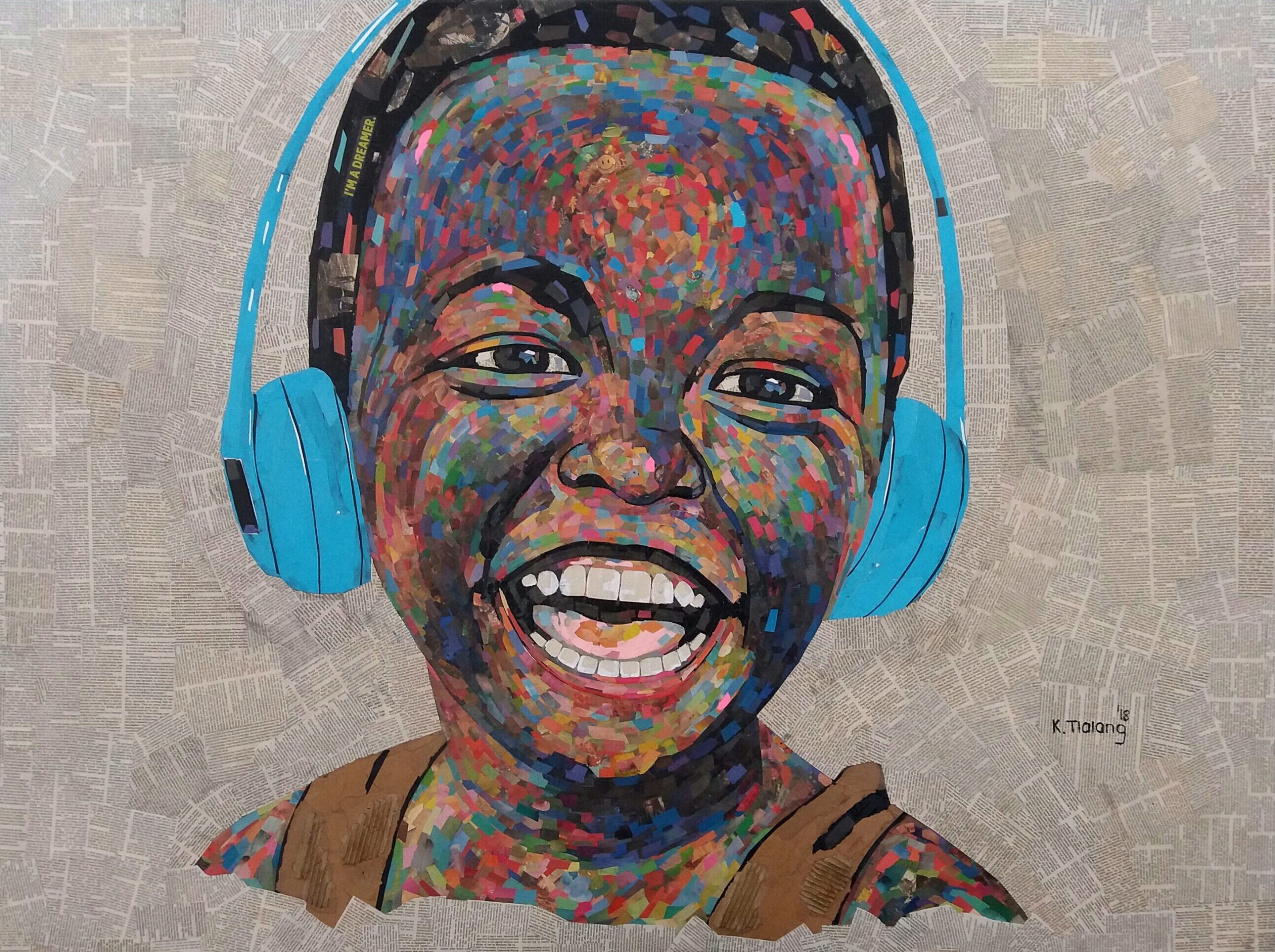
3. Public art installations and murals
a. Case study: Faith47’s street art
South African street artist Faith47 is renowned for her captivating murals that adorn cityscapes across the globe. By infusing public spaces with her thought-provoking and visually stunning artwork, Faith47 exposes children to the power of art as a means of communication and social commentary. Her work serves as a testament to the transformative potential of creativity, inspiring young minds to engage with their surroundings in new and imaginative ways.
b. Case study: Bankslave’s graffiti art
Kenyan artist Bankslave is a trailblazer in the world of African graffiti art, using vibrant colors and bold imagery to bring the streets of Nairobi to life. His work provides children with an opportunity to explore their own creativity and self-expression, while also fostering a sense of pride in their community’s artistic talents.
African artists as role models and mentors
1. Encouraging creative careers
By sharing their passion for art and their unique creative journeys, African artists serve as powerful role models for children, inspiring them to pursue their own artistic dreams and ambitions. In a world where creative careers are often undervalued or misunderstood, these artists provide a beacon of hope, demonstrating that with hard work, dedication, and perseverance, it is possible to forge a successful path in the arts.
2. Providing guidance and support
In addition to their artistic achievements, many African artists are committed to nurturing the next generation through mentorship and support. By offering guidance, resources, and encouragement, these artists play a crucial role in helping children to develop their artistic skills and confidence, paving the way for a new wave of creative thinkers and innovators.
3. Case study: Toyin Ojih Odutola’s mentorship programs
Nigerian-American artist Toyin Ojih Odutola is renowned for her captivating portraits that explore themes of identity, race, and representation. Beyond her artistic practice, Odutola is passionate about supporting young artists through mentorship programs and workshops, using her own experiences and insights to inspire and empower the next generation of creative talent.
The role of art education and institutions in supporting African artists and children
1. The importance of incorporating African art into educational curricula
Art education plays a vital role in fostering children’s creativity, critical thinking, and cultural understanding. By incorporating African art into educational curricula, schools and institutions can help to expose children to the rich diversity of their continent’s artistic heritage, inspiring them to explore their own creative potential and fostering a lifelong appreciation for the arts.
2. Supporting African artists through grants and residency programs
In order to continue inspiring and educating the next generation, African artists require support and resources to sustain their practice. Grants, residencies, and other funding opportunities can help to ensure that these artists have the means to create and share their work, contributing to a vibrant and thriving artistic ecosystem that will benefit children and communities for generations to come.
3. The role of museums and cultural centers in promoting African art and engaging children
Museums, galleries, and cultural centers play a crucial role in preserving and promoting African art, providing children with opportunities to engage with their cultural heritage in meaningful and accessible ways. Through exhibitions, workshops, and educational programs, these institutions can help to foster a sense of connection and pride in Africa’s artistic legacy, inspiring children to explore their own creativity and contribute to the continent’s rich cultural tapestry.
As we reflect upon the myriad ways in which African artists impact the lives of children, it becomes evident that their work is an invaluable resource for nurturing the next generation’s creativity, cultural pride, and passion for learning. Through their art, these artists serve as role models, mentors, and educators, illuminating the path for young minds to realize their full potential and leave their own indelible mark on the world. It is our collective responsibility to support and celebrate these artists, ensuring that their vital work continues to inspire, educate, and empower the children who will one day carry the torch of Africa’s artistic and cultural legacy. By investing in these creative visionaries and the institutions that support them, we can help to build a brighter, more vibrant future for the African continent—one where art is celebrated, cherished, and embraced as a powerful tool for change and growth.
From the bustling streets of Nairobi, where colorful graffiti transforms urban landscapes, to the serene pages of a beautifully illustrated children’s book, African artists are leaving an indelible impact on the lives of the continent’s youngest inhabitants. As these artists continue to explore new mediums, forge innovative partnerships, and share their unique perspectives with the world, their work serves as a testament to the transformative power of art, and the endless potential that lies within the hearts and minds of Africa’s children.
Together, we can ensure that the beauty, wisdom, and passion of African art continues to shape the lives of the next generation, inspiring them to write their own stories, explore their own creative potential, and contribute to a world that is richer, more diverse, and more vibrant for their presence. For in the words of Nigerian author and Nobel laureate Wole Soyinka, “A tiger does not proclaim its tigritude; it pounces.”

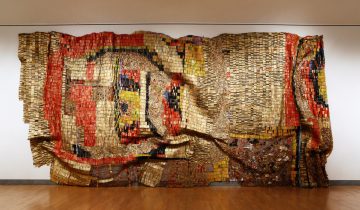
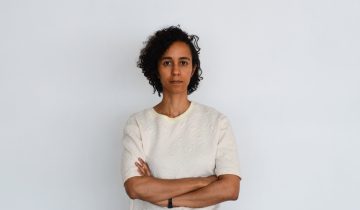

 No products in the basket.
No products in the basket.